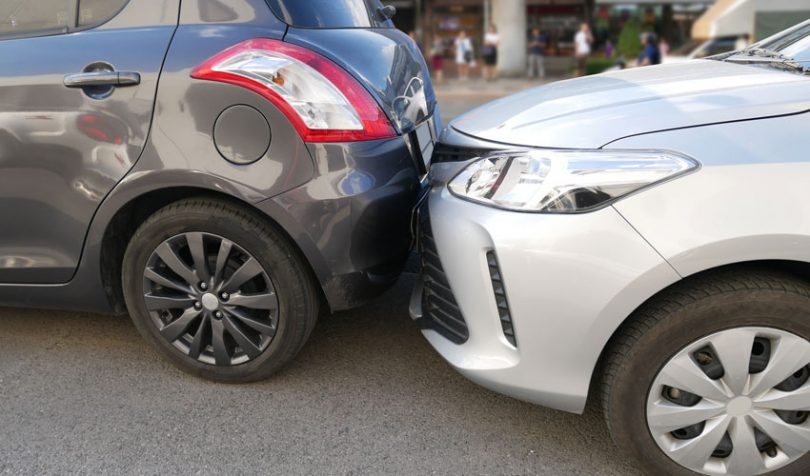Six months ago State Farm revealed it was testing a blockchain solution for auto insurance claims subrogation. That’s the process where the at-fault customer’s insurer pays the other insurer. Today at the 2019 Dig-In Conference, the partner in the project was revealed as USAA which achieved the top satisfaction rating in the 2018 J.D.Power survey for auto claims. Both insurers are members of the RiskStream Collaboration (formerly RiskBlock), but this is not a RiskStream solution.
According to SNL Financial, in 2017 there were roughly $750 million in private passenger auto claims.
The companies have been working together since early 2018, and the project is still in the testing phase to decide whether it’s suitable for industry adoption. Testing has progressed to the stage where real claims data is being used to see how blockchain can speed up the subrogation process. However, the companies were keen to point out that no personal information is stored on the blockchain, only claim numbers and dollar amounts.
Currently, insurers often send checks to each other on a claim by claim basis, even though they will have hundreds of claims to settle. And each involves manual reconciliation. With a netting solution, instead, the companies can decide on a time period, say a week, and net off all claims. Depending on which insurer owes more, a single payment is made to the other for the net amount. Because the data is shared, no reconciliation should be needed.
The benefit for the insurers is efficiency and cost savings. For the consumer, there’s the potential for savings to be passed on in premiums and deductibles might be reimbursed earlier. However, the companies said it was too early to estimate specific savings.
The aim is to complete testing by the end of 2019 or early 2020 and then invite other insurers to join.
The RiskStream conundrum
Both companies are members of the RiskStream Collaboration (formerly called RiskBlock). RiskStream has a separate subrogation solution currently led by Liberty Mutual. The initiative was put on the backburner to focus on its first two solutions for Proof of Insurance and First Notice of Loss.
RiskStream has 39 insurer members in its Property and Casualty group. That’s a lot of insurers to satisfy. So it’s unlikely that State Farm and USAA will be the last members to develop their own solutions.
A spokesperson for State Farm told Ledger Insights via email: “State Farm and USAA both recognize the benefit consortiums such as RiskBlock [RiskStream] bring to the industry. By bringing two of the largest players in the insurance industry together to apply real-world testing, we feel this approach will provide a faster to market capability, which ultimately benefits the entire industry.” 2018 revenues for State Farm were almost $82 billion and for USAA $31 billion.
The solution does not use RiskStream’s Canopy platform. Instead, it’s built using JP Morgan’s Quorum, an enterprise version of Ethereum. Given it doesn’t use Canopy, we assumed it would be tricky to integrate with RiskStream. The response was: “It is still early in the testing phase, so we don’t know who we will open the blockchain up to in the future. We may offer it to other insurance companies that are involved in the RiskBlock [RiskStream] consortium.”
While State Farm wasn’t ready to provide details, it is still exploring getting involved with other RiskStream solutions.






